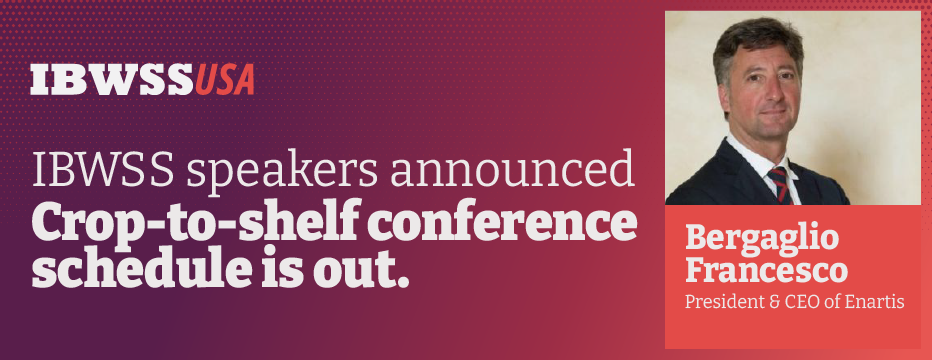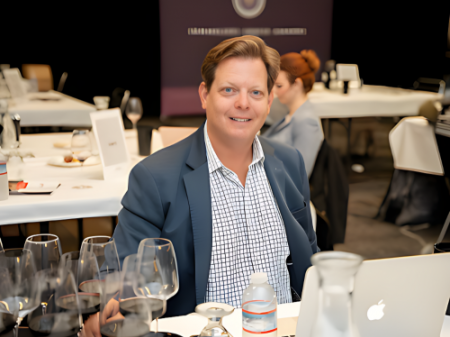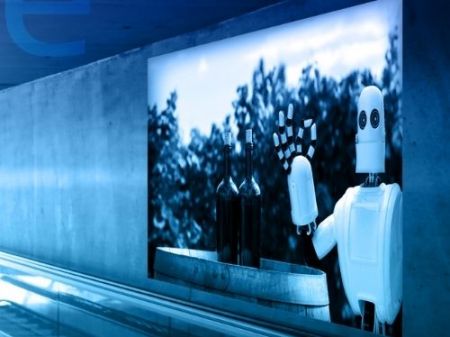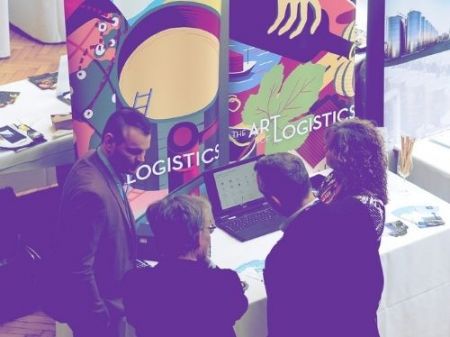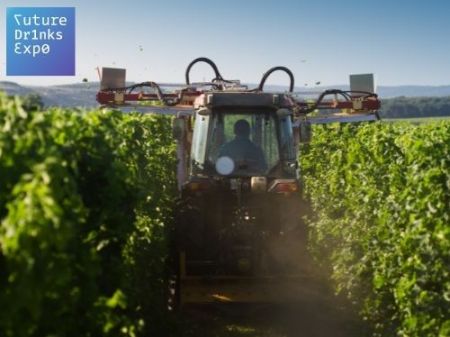Sommeliers Choice Awards 2023 Winners
Moores Hill Estate's solar-powered winery
The winery now boasts 108 solar panels, which produce 28 kilowatt solar array.

Fiona Weller and Julian Allport didn’t set out to create a solar-powered winery.
But as they picked and processed their first vintages of the season last week, that’s exactly what they’ve achieved.
It was a journey that began in 2015, Ms Weller said.
Since the couple bought the West Tamar vineyard in 2008, their final product was made via contract at an off-site winery.
It’s a common practice in Tasmania, Ms Weller said.
“But we got to a stage where we really wanted to be independent, and it’s also quite costly to have your wine made under contract.”
They began clearing their undulating site, preparing to erect a shed that would eventually become their winery’s home.
However, the company that they brought the shed from “went bust”, resulting in them losing their shed and their money.
The project was on hold for 12 months, but it turned out to be a fortuitous outcome.
They found new business partners in Sheena and Tim High, of Native Point Wines, on the other side of the Tamar River.
Like Moores Hill, Native Point Wines was producing its wine under contract.
It also had an excess of fruit. Moores Hill had a shortage of land on which to grow more fruit.
“They were looking for a winemaker, they didn’t have a cellar door … There were all these synergies were we could work together,” Ms Weller said.
The Highs bought out Ms Weller’s father’s part of the estate, and came on board as partners.
The project was back on.
In September last year, construction was in full swing.
While the winery was built and installed at Moores Hill, Native Point Wines at Swan Bay was the new home of a bottling line and storage area.
Ms Weller said there were “really limited” options when it came to the bottling process in Tasmania’s wine industry, with few companies offering the services.
“It’s literally a bottleneck,” she said.
The off-grid aspect of the project came as the team began to look at powering the winery, which would require three-phase power.
Read more at source: The Examiner


